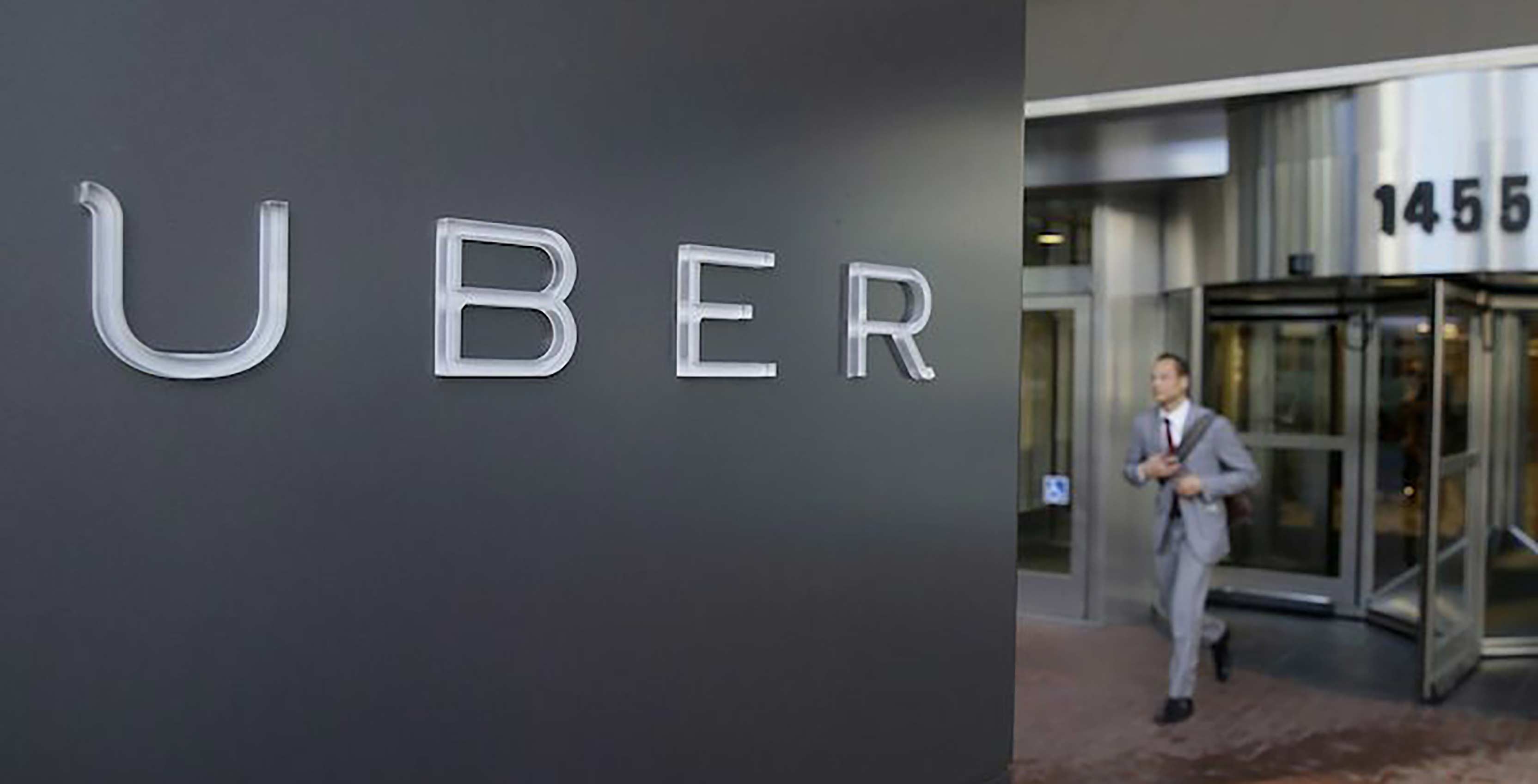
Industry experts say that Uber’s small number of LIDAR sensors on the self-driving Volvo that killed a women on March 19th, may have been the reason for the crash.
Before Uber started using Volvos as its test vehicles, it employed a fleet of smaller Ford Fusion cars that had seven LIDAR sensors compared to the one on the Volvo.
Not that the Volvo’s one sensor is bad, though. Its roof mounted and its spins in rapid circles to gather 360 degree coverage around the vehicle. That said, a handful of former Uber employees and four industry experts have said to Reuters that, “in scaling back to a single LIDAR on the Volvo, Uber introduced a blind zone around the perimeter of the SUV that cannot fully detect pedestrians.”
“If you’re going to avoid pedestrians, you’re going to need to have a side LIDAR to see those pedestrians and avoid them, especially at night,” said Marta Hall, president and chief business development officer at Velodyne, which is the company that builds the LIDAR sensors for Uber, in an interview with Reuters.
Uber does have other sensors that could have spotted the crash victim, including seven cameras and 10 RADAR units which are dpecifically supposed to make up for the small LIDAR blind spot.
While it’s unclear of this blind spot played any part in the accident on March 19th, the collision is still under review by police and federal safety officials. So far, neither party has stated whether Ubers choice to scale back on its LIDAR is under review.
Source: Reuters
MobileSyrup may earn a commission from purchases made via our links, which helps fund the journalism we provide free on our website. These links do not influence our editorial content. Support us here.


